News
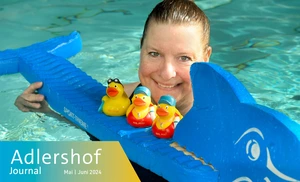
In conversation with Daniela Theile
The user coordination officer at the Helmholtz-Zentrum Berlin works as a volunteer swimming coach:
Around 31 million Germans give back to society through volunteer work. Helmholtz employee and swimming coach Daniela Theile is one of them. She waxes lyrically: “How many people have the key to a public swimming…
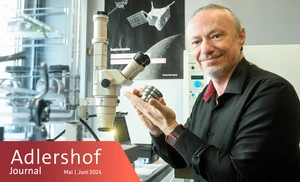
A stroke of luck – The meteorite from the Havelland
Planetary researcher Jörn Helbert examined the very rare object in the DLR laboratory:
Sunday, 21 January 2024. It’s about half past two. The night over Brandenburg is clear when, suddenly, a fiery streak illuminates the sky. A chunk of a rock from space, half a metre long and weighing about 140 kilos,…
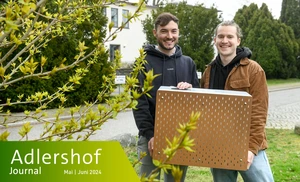
The rainmakers – Flourishing balconies for a greener city
A start-up team in Adlershof is developing a smart watering system for balconies:
With great precision, the start-up Plances—funded by the Adlershof Founder’s Lab (AFL)—will deliver valuable moisture to the balconies of renters across the city. Their mission: Greener, more liveable cities in which…
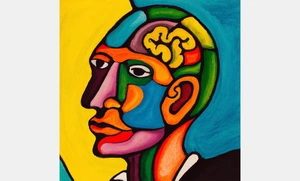
How our knowledge of artists influences our perception of their works
A new study from Humboldt-Universität approaches the question from a psychological perspective:
A neurocognitive study by researchers at the Institute of Psychology at Humboldt-Universität zu Berlin (HU) shows that negative knowledge about an artist influences the perception of the artwork, regardless of the…
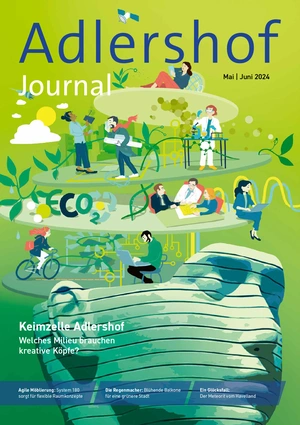
Adlershof Journal May/June 2024
A seedbed of creative minds – What makes the work environments in Adlershof unique?:
Agile furnishing: System 180 provides people with flexible spatial design // The rainmakers: Flourishing balconies for a greener city // A stroke of luck: The meteorite from the Havelland
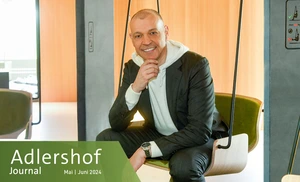
An ecosystem for talent
The "ST3AM" at the Adlershof campus is a place where people can work in a more flexible, creative and interdisciplinary way:
At the university campus in Adlershof, a new hub called ST3AM is taking shape where people can work on ideas that will truly drive humanity forward in a more agile, creative, and interdisciplinary way than other…

A place for talent
ST3AM in Adlershof seeks to reconcile seemingly contradictory worlds of work. Occupational psychologists are helping it succeed with a research project.:
“From research in occupational psychology, we know that the workplace and a space’s environmental factors like lighting, acoustics, and colours play an important role in determining how well, how creative, and how…
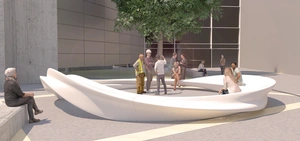
A sculpture in front of BESSY II: The neuron accelerator
An art installation will be erected in front of the entrance to the BESSY building, which invites people to sit down and exchange ideas:
Art on buildings is one of the requirements for publicly funded construction projects. HZB is also bound by this requirement. For the three construction projects EMIL, BERLinPro and the testing hall, the HZB…
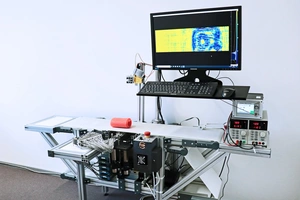
FBH has developed a terahertz line scanner for plastic components
World's first line scanner with monolithically integrated terahertz detectors for industrial applications:
The Ferdinand-Braun-Institut has developed a terahertz line scanner for plastic components, enabling cost-effective realization of larger scan line lengths in industrial environments. For the first time, the…
IRIS beamline at BESSY II extended with nanomicroscopy
The new nanoscope enables nanospectroscopy and nanoimaging of structures smaller than a thousandth of the diameter of a human hair:
The IRIS infrared beamline at the BESSY II storage ring now offers a fourth option for characterising materials, cells and even molecules on different length scales. The team has extended the IRIS beamline with an end…

EPIC Lifetime Achievement Award for Viacheslav Artyushenko
The European Photonics Industry Consortium (EPIC) honored the founder of art photonics GmbH:
Viacheslav Artyushenko, CEO & Founder of the Adlershof art photonics GmbH, has been honored with the EPIC Lifetime Achievement Award by the European Photonics Industry Consortium (EPIC) at the EPIC AGM & SUMMIT 2024…
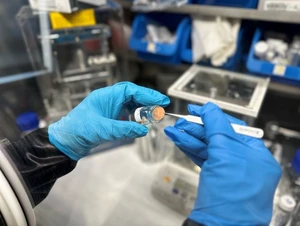
HU research team achieves exciting breakthrough in battery technology
Innovative sulfur-based cathode enables the use of more environmentally friendly and sustainable materials in lithium-ion batteries:
A research team at Humboldt-Universität zu Berlin has achieved a major breakthrough in battery technology. Under the leadership of IRIS Adlershof member Prof. Dr Michael J. Bojdys, an innovative sulfur-based cathode…
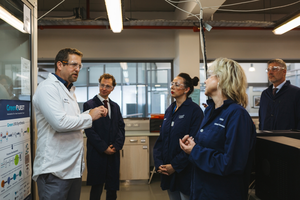
German-South African GreenQUEST initiative is developing a clean household fuel
CO₂-neutral liquid gas with a great economic, environmental and social impact for southern Africa:
Burning biomass for cooking causes harmful environmental and health issues. The German-South African GreenQUEST initiative is developing a clean household fuel. It aims to reduce climate-damaging CO2 emissions and to…
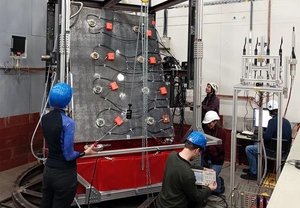
SHiP experiment promises new insights into the world of elementary particles
Researchers from six German research institutions are making a significant contribution to the development of detectors for a new experiment at CERN, the research centre for particle physics:
The European Centre for Nuclear Research CERN close to Geneva has announced plans to conduct a new experiment called SHiP (Search for Hidden Particles) in search for previously unknown elementary particles. When…
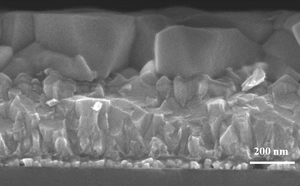
A simpler way to inorganic perovskite solar cells
Annealing in ambient air does not have an adverse effect on the optoelectronic properties of the semiconductor film, but actually results in fewer defects:
Inorganic perovskite solar cells made of CsPbI3 are stable over the long term and achieve good efficiencies. A team led by Prof. Antonio Abate has now analysed surfaces and interfaces of CsPbI3 films, produced under…
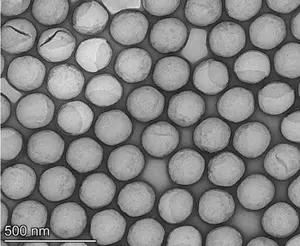
Hollow nanospheres as potential reference particles for medical biomarkers
PTB contributed to precise the accurate size characterisation of the particles in its laboratory at BESSY II using small-angle X-ray scattering:
Extracellular vesicles (EVs) are nanometer-sized cell-derived particles in body fluids and can be used as potential biomarkers for diseases such as cancer, inflammation and cardiovascular disease. EVs gained a lot of…

A new path to room temperature swirling spin textures
HZB team investigated a new, simple method at BESSY II that can be used to create stable radial magnetic vortices in magnetic thin films:
In some materials, spins form complex magnetic structures within the nanometre and micrometre scale in which the magnetization direction twists and curls along specific directions. Examples of such structures are…
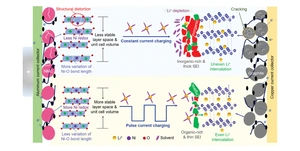
How pulsed charging enhances the service time of batteries
Research team led by Prof. Adelhelm (HZB and Humboldt University) analyses ageing effects of lithium-ion batteries with different charging protocols:
An improved charging protocol might help lithium-ion batteries to last much longer. Charging with a high-frequency pulsed current reduces ageing effects, an international team demonstrated. The study was led by…

Oxidation processes of phosphoric acid revealed by tender X-rays
Results of research at HZB help to increase the lifetime and efficiency of fuel cells:
The interactions between phosphoric acid and the platinum catalyst in high-temperature PEM fuel cells are more complex than previously assumed. Experiments at BESSY II with tender X-rays have decoded the multiple…
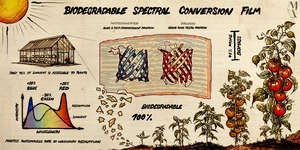
Pioneering work for more efficient food production
The startup Mimotype and the Hybrid Devices Group at HU Berlin are developing protein thin films for the spectral reshuffling of sunlight to increase crop yields:
The challenges are clear: global food demand will increase 56% by 2050; extreme weather events are increasing food supply insecurity. Solutions are tangible: food production gains attributable to greenhouse…